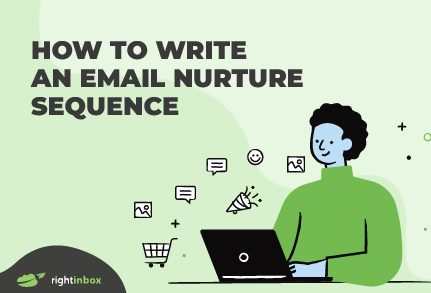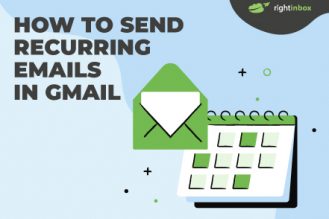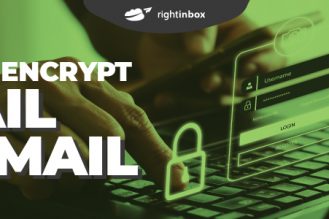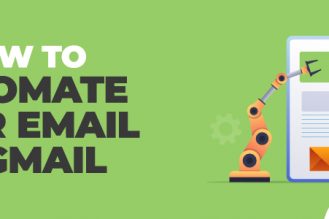Most of your website visitors aren’t there to make a purchase. But that doesn’t mean you can’t encourage them to make your brand their number one choice and become repeat customers.
This is where an email nurture sequence comes in.
Email nurture sequences are among the most successful lead-nurturing tactics because they deliver relevant content to qualified leads at the right time.
What Is an Email Nurture Sequence?
An email nurture sequence is a series of automated emails meant to build a relationship with prospects.
The sequence usually begins with a welcome email when someone subscribes to your mailing list. A series of emails are then sent out, each containing relevant and helpful content such as educational resources, helpful tips, case studies, or special offers.
4 Steps for Creating an Email Nurture Sequence
1. Define Your Goal and Audience
The first step when launching a successful email nurture sequence is to understand the why behind it. Here are some possible goals behind your sequence:
- Sign up for a free trial
- Set up a sales call
- Download a template or e-book
- Attend a webinar
- Purchase a product or service
Once you understand your “why,” you need to identify the people most likely to be interested in your offer. You can find this by checking the demographics of people engaging with your software or product.
2. Map the Customer Journey
An email nurture sequence takes prospects from one stage in the buying journey to the next. To do this effectively, you need to map out and identify each step of your buyer journey.
You can figure out the buyer journey of a specific customer by looking at the triggers that made them sign up, such as:
- Downloading a marketing asset
- Submitting a form
- Registering for product updates
3. Create Relevant Content
Once you’ve identified your ideal audience and customer journey, create a content outline that will address any questions your prospects will have as they move down the sales funnel. You can do this by:
- Researching competitor content
- Going through customer interviews
- Analyzing what type of content people in your industry like
4. Automate Email
Automation reduces the risks of mistakes and helps create an automatic email workflow that triggers when someone takes a specific action.
For example, Right Inbox’s Email Sequences feature helps you follow up with every prospect who didn’t reply to your last email. This can save hours of your time if you’re trying to nurture dozens of leads per week. The feature also cancels every follow-up the moment your prospect replies.
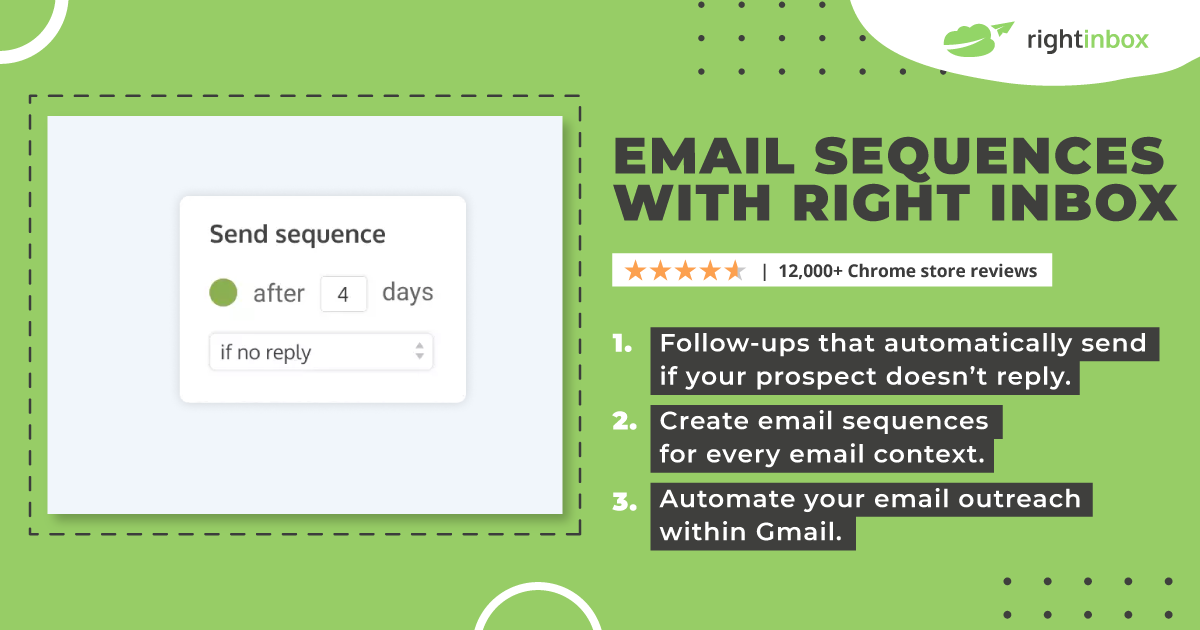
6 Lead Nurturing Sequence Ideas to Try Out
Now that we’ve looked at how you can create an email nurture sequence, let’s check out some examples for inspiration:
1. Educational Content Sequence
These email sequences start with an introduction or welcome email that describes the educational topic they’ll be covering and then contain feature articles, case studies, e-book access links, and webinars.
Here’s an example of an educational sequence email:
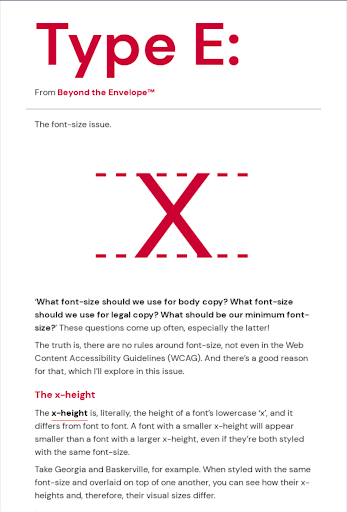
Educational content sequences work because they:
- Provide access to expert content that addresses reader pain points. As a result, leads consistently engage with this content and develop a deeper connection with your brand
- Help brands guide leads through the buyer’s journey without losing their interest or trust. This makes leads more likely to choose your brand when they’re ready to make a purchase
2. Gathering Customer Feedback Sequence
These sequences are short—two to three emails—and begin with an initial outreach email that introduces the purpose of the feedback-gathering process and incentivizes the reader to fill out a feedback form. Once the reader has provided feedback, the sequence automatically sends a thank-you email.
Here’s how Fluent, a language-teaching company, does it:
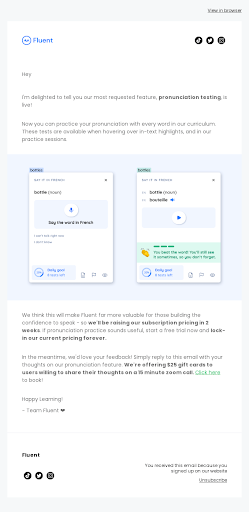
These email sequences help brands:
- Show customers that they care about their opinions and increase customer loyalty
- Get insights into customer perceptions, preferences, and pain points, which helps you pinpoint areas for improvement
3. Lead Magnet Follow-up Sequence
A lead magnet follow-up sequence engages with leads who are interested in a lead magnet, like a downloadable guide, template, or discount. They kick off with a delivery email that thanks the lead for their interest and provides access to the lead magnet.
This email is often followed by case studies, other content assets, and subscriber-exclusive content, such as discounts and early-bird access to launches. Each email typically includes a CTA that prompts readers to take further action.
Here’s an example of a lead magnet follow-up email:
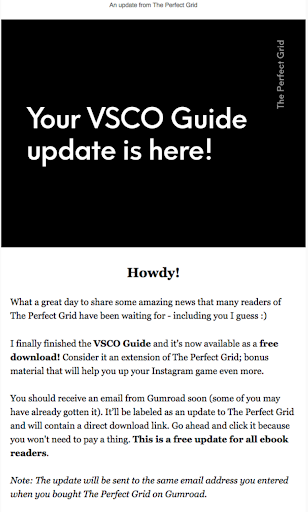
These sequences help brands:
- Find out the level of interest and intent of leads. This helps them identify leads who are more likely to convert
- Deliver content relevant to the lead’s interests. This way, you can position yourself as an “authority” or expert in the industry
4. Product Update/Discount Sequence
Product update/discount sequences begin with an announcement email that introduces the discount or promotion and uses a CTA to prompt leads to take action. Later emails typically include reminders, countdowns, restocking alerts, or other incentives to encourage action.
Here’s an example of a company that uses this sequence to prompt people into taking action:
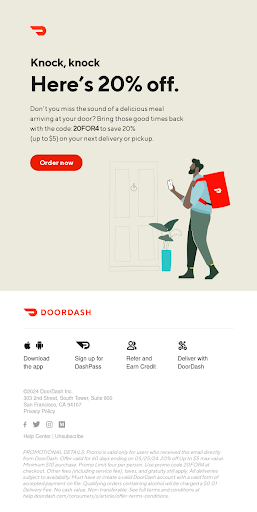
These sequences often increase conversions and sales because they:
- Incentivize customers to make a purchase or upgrade to the latest version of a product
- Provide customers with added value and reward for their continued support and engagement with the brand. This increases customer satisfaction and loyalty
- Create a sense of urgency and exclusivity. This prompts customers to take action
5. Abandoned Cart Sequence
Abandoned cart sequences begin with a reminder email that notifies the customer about the items in their cart and encourages them to complete their purchase.
If the customer doesn’t take action, this email may be followed by one that lets them know about other products they might like or exclusive incentives like discounts or free shipping.
Here’s an email from an abandoned cart sequence:
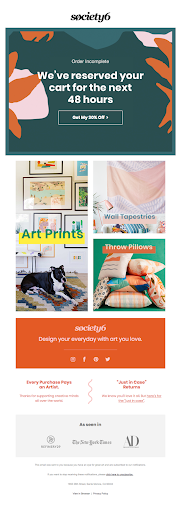
Abandoned cart sequences work because they:
- Remind people of items they may have forgotten to order, prompting them to take action
- Address barriers to conversion, such as shipping, through targeted messaging
6. Webinar Follow-Up Sequence
These sequences begin with an email that thanks the lead for registering for the webinar. It may also include a link to the webinar recording, a summary of the key takeaway, and a CTA if the webinar was sponsored.
Later emails may include invitations to upcoming events and access to content assets like e-books or articles. Here’s an example of a webinar follow-up sequence email:
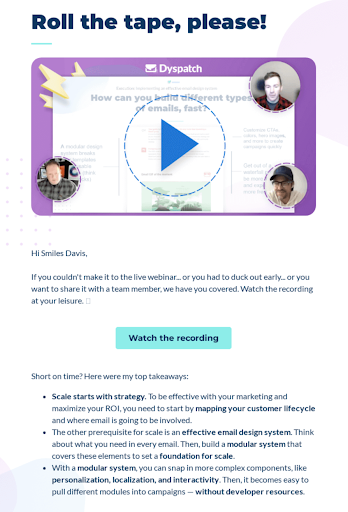
Webinar follow-up sequences amplify the value of the webinar, drive further engagement, and can increase retention rates.
5 Best Practices for Email Nurturing Sequences
1. Keep Emails Short and Value-Packed
Nobody’s going to read a too-long and bloated email. Get to the exact point you want to make as close to the beginning of the email as possible. Here’s an example:
2. Enhance Emails With Expert Insights
Expert insights add credibility to your content and position your brand as an authority in the industry. You can include insights into your emails early on—but always after the introduction— to grab attention.
3. Ensure a Logical Sequence Progression
The goal of an email nurture sequence is to move leads from one stage of your funnel to the next. There’s a strict pattern to this, and you can’t ask someone to purchase a product before ever telling them what it does.
So, always make sure your lead nurturing sequence follows a logical progression. Here’s an example:
- Welcome email
- “Why I do this” email
- Client success stories/social proof email
- Myth-busting email
- Educational content email
- “What to expect” email
- FAQs email
- CTA/promotional email
- Timed discount email
- Reengagement/FOMO email
4. Segment Your List
Targeted emails based on demographics, behavior, and engagement levels increase open rates, clicks, and conversions.
Here’s how you can segment your list:
- Identify criteria like demographics, geographical location, and customer behavior
- Create tailored content for each segment and start sending emails. You can use the results to determine what worked and what didn’t
5. Personalize Emails
About 80% of consumers are more willing to purchase a product when they get a personalized experience. This means if you want to run a successful email nurturing sequence, you need to make personalization your first goal when writing.
Track emails, email reminders & templates in Gmail for free
Upgrade Gmail with the features it’s missing
Add to GmailDavid Campbell
David Campbell is the editor of the Right Inbox blog. He is passionate about email productivity and getting more done in less time.
